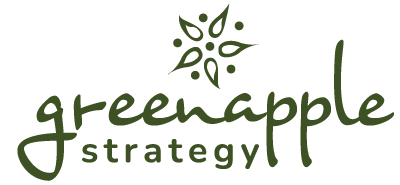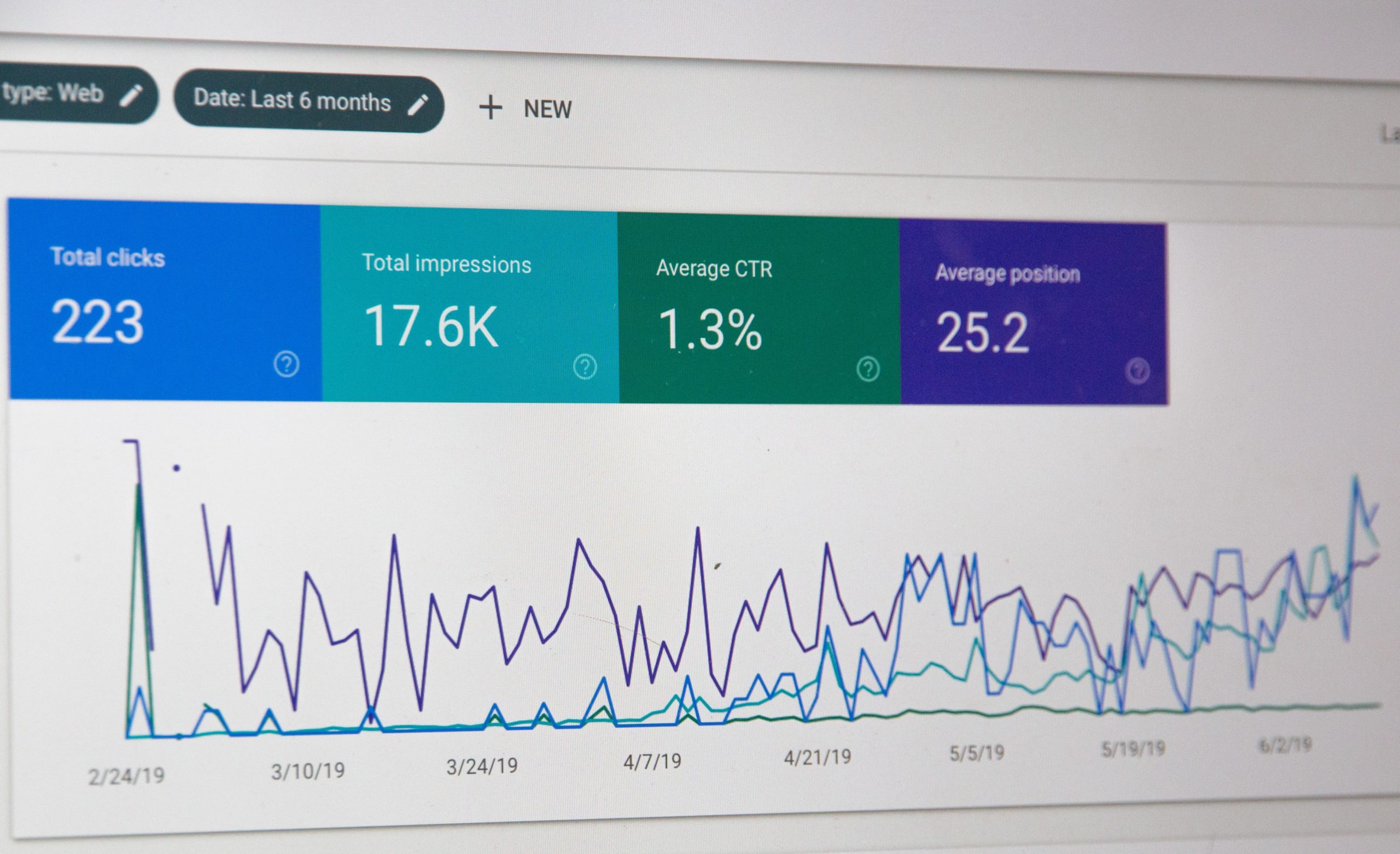Stepping into a new market is like opening a door to exciting opportunities for small to midsize businesses. Whether you’re eyeing a neighboring city or setting your sights on an entirely different region, there’s a world of potential waiting for you. But here’s the thing: new markets can come with their own set of challenges.
A recent study revealed that nearly 60% of companies cite cost overruns and unexpected expenses as major barriers to successful market entry. It’s important to have a thoughtful strategy that adapts to these challenges and recognizes how to navigate the nuances of a new market.
At Green Apple, we love helping businesses think creatively and strategically about market expansion. With years of experience in both local and national expansion projects, we’ve partnered with clients to help them develop customized marketing strategies that fit their goals.
If you’re considering entering a new market, the ideas and examples below will help you plan your approach thoughtfully and set the stage for long-term success.
Success Strategies for New Market Launches
Here are several key strategies to help your business confidently enter new markets and ensure a smooth transition.
1. Evaluate Local Market Conditions through Competitive Analysis
Every market has its own dynamics, including local trends, competitive landscapes, and consumer preferences. A thorough market analysis helps you identify potential competitors, pricing benchmarks, and key customer behaviors. Are there any gaps in the market that your product or service can fill? Is the demand in this region seasonal or consistent? Answering these questions will allow you to position your business effectively.
Client Example: We’ve partnered with a Nashville-based fitness and recovery studio, Urban Sweat, to assist in their franchise expansion efforts. To empower new locations for success, they encourage every potential franchisee to perform comprehensive competitive analyses for each new market. This helps them understand local competitors and market demand, enabling informed decision-making.
2. Create Tailored Messaging that Resonates with the Target Audience
What works in one market won’t always translate directly to another. Cultural nuances, regional slang, or even slight lifestyle changes can impact how your brand is perceived. Your messaging should speak directly to the needs and values of your new audience. Consider how your product or service improves their lives—and how to express that in ways that feel familiar and meaningful to them.
Client Example: For years, we collaborated with The Gardner School, which has expanded from eight to over 30 locations across seven states. Each time they entered a new market, we focused on creating detailed customer personas and tailored messaging. This ensures they resonated with local families and effectively differentiated themselves from competitors. Our partnership was pivotal in strengthening The Gardner School’s brand reputation in new communities.
3. Align Marketing and Operations for Long-Term Success
Marketing is only part of the equation—your operations need to support the promises your campaigns make. Ensure your supply chain, staffing, and customer service teams are prepared to meet new market demands. Smooth operations build trust, especially during the early stages of entry, and provide the foundation for repeat business.
Client Example: We recently began working with a local commercial contractor, Charter Construction, aiming to expand into new markets. Alongside developing marketing strategies, we are also focusing on employee recruitment and engagement tailored to these areas. By building a strong local workforce, the company can better serve new projects and maintain high service standards. This integrated approach supports a smoother transition into unfamiliar markets.
4. Leverage Local Partnerships and Community Involvement
Local partnerships can help you build credibility and get to know the market more quickly. Sponsor community events, collaborate with local businesses, or join regional business organizations to build trust with your audience. Authentic connections with the community will not only drive awareness but also create brand loyalty over time.
Client Example: Our client and internet service provider United Communications is making strides in expanding their broadband services into new, underserved markets. The company has adopted a hyper-local marketing strategy by actively participating in community events. This involvement helps United Communications connect with the unique needs of each community and demonstrates their commitment as a local provider. Such engagement has proven to be a significant differentiator.
Critical Questions for Successful Market Expansion
Entering a new market isn’t just about excitement—it’s about careful planning. Here are some key questions to ask yourself before taking the plunge.
1. Is there a true demand for our product or service?
Understanding whether there is a market fit is crucial. Analyze customer demand and market saturation to determine if your offering solves a relevant problem or need.
2. What challenges will we face from local competitors?
Knowing your competitors’ strengths and weaknesses helps you differentiate your product or service. It’s also important to understand any loyalty they’ve built with the local audience.
3. How do we adapt our marketing strategy to fit local preferences?
Are there cultural or regional nuances that need to be reflected in your messaging or branding? Tailoring your brand narrative and approach ensures that your message connects authentically with potential customers.
4. Do we have the operational capacity to support this expansion?
The connection between marketing and operations is one of the most important relationships in a business. Make sure your team and systems are equipped to handle the additional workload.
5. What’s our plan for measuring success?
Knowing what success looks like will help guide your efforts as you refine your approach. Set measurable goals—whether that’s revenue, customer engagement, or brand awareness—to track progress and identify areas for improvement.
Let’s Create Your Path to Successful Expansion
Expanding into a new market is an exciting opportunity for growth, but it takes thoughtful strategy and preparation to get it right. From evaluating market conditions to crafting tailored messaging and aligning operations, each step plays a role in ensuring long-term success.
If you’re considering market expansion, our team at Green Apple Strategy is here to help. With years of experience in developing effective marketing strategies, we’re ready to partner with you to make your next market entry a success. Contact us today to learn more about our strategic planning services and how we can support your growth.











